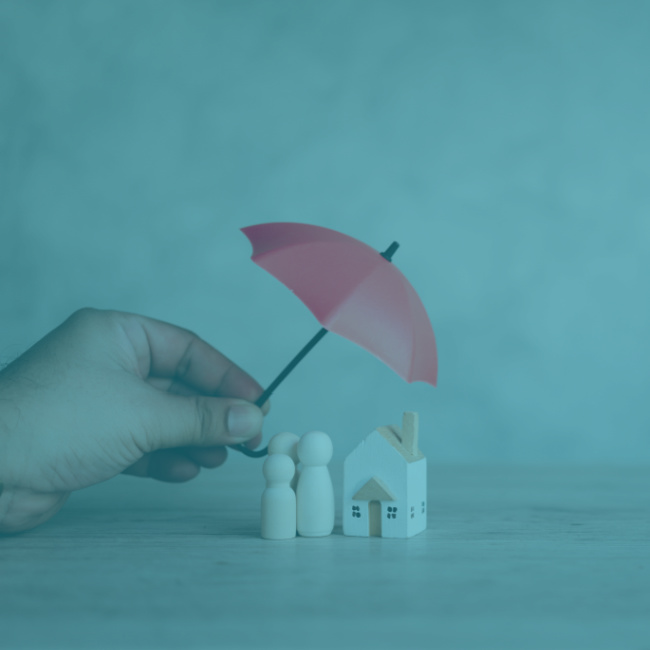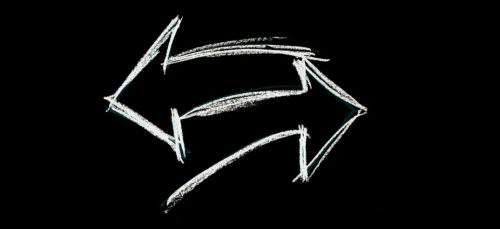Many people facing a serious debt problem avoid considering bankruptcy as a solution because they believe filing bankruptcy will cause them to lose their personal assets or put their income at risk.
Contrary to popular belief, the truth is that filing a bankruptcy in Canada actually provides protection for your assets and income. Read on to learn more about how bankruptcy protects your assets.
What is a Stay of Proceedings in Bankruptcy?
Canada’s Bankruptcy and Insolvency Act states that when a person formally files for insolvency (the beginning of the official bankruptcy or Consumer Proposal process), no creditor has any remedy against the person or their property. This means that creditors cannot start or continue any actions to recover the debt balance they are owed, and the stay of proceedings in a bankruptcy or Consumer Proposal is a powerful measure to provide protection from creditors, even government creditors like Canada Revenue Agency.
- Your bankruptcy filing triggers the stay of proceedings, and this legally prevents your creditors from continuing to ask you for payment, from continuing collections or court action, and from seizing your assets, including your bank account or wages.
- In situations where creditors may have been about to begin, or have already begun serious debt collection methods, filing bankruptcy can protect assets that may otherwise be at risk from creditors.
Without being shielded by bankruptcy laws, when a person is unable to pay their debts, they are often quickly subject to collection actions from their creditors, which can lead to creditors attempting to seize assets and even garnish wages. For people who have been harassed with phone calls, texts or letters asking for payments or past due debts by creditors or collection agents, their bankruptcy’s stay of proceedings is always a welcome relief.
Do I Lose All my Assets by Filing a Bankruptcy?
Contrary to what you may have heard and what many people mistakenly believe, most people who file bankruptcy actually keep all their assets. Here’s why:
When you enter into bankruptcy, provincial laws automatically give you entitlement to keep certain assets – these are often referred to as ‘exempt assets’, meaning that they are protected in the event of a bankruptcy.
In British Columbia, the law that gives individuals these exempt (protected) asset allowances is called the “Court Order Enforcement Act”. Each province has its own exemption allowances; in BC the bankruptcy protected assets are:
- Household Goods and Effects
- Up to a $4,000 value, based on garage sale value (not replacement value)
- A Vehicle, or Equity in a Vehicle
- Up to a $5,000 value; or
- Up to a $2,000 value if you are behind on child or spousal support payments
- Home Equity
- Up to a $12,000 value in Greater Vancouver and Victoria; or
- Up to a $9,000 value elsewhere in BC
- RRSPs
- Up to an unlimited value
- Except for contributions made in 12-month period prior to filing bankruptcy. Note, transfers between RRSP funds are not the same as contributions.
- Up to an unlimited value
- Clothing and Medical Aids
- Up to an unlimited value
- Work Tools (Tools of the Trade)
- Up to a $10,000 value
Calculating what is and isn’t considered an exempt asset should be done with the help of a qualified Insolvency Estate Manager or Licensed Insolvency Trustee – other factors such as whether or not the asset is subject to a mortgage, lease or loan, or owned jointly with another party may also impact equity figures. In addition to the exemption allowances listed above, many life insurance policies and virtually all pension plans are also considered to be exempt assets.
It’s important to know that even if you have assets that are worth more than these allowances, you do not necessarily have to give the asset up in bankruptcy. There are a few potential avenues that would allow you to keep the assets. Here are two examples:
Repurchase of Asset in Bankruptcy
The non-exempt value of your asset may be paid into your bankruptcy estate, allowing you to retain possession of the asset.
$7,000 – Appraised Value of Vehicle Owned Free and Clear
-5,000 – Exemption Allowance for Motor Vehicle
$2,000 – Balance Paid Over 9 Months
File a Consumer Proposal
Filing a Consumer Proposal is the number one alternative to personal bankruptcy in Canada. In a Consumer Proposal your assets are not impacted, which can make it an attractive option for someone who may otherwise have a significant amount of non-exempt equity in an asset.
Consumer Proposals work by consolidating your debts into one settlement and offering your creditors a partial repayment of the debt – the amount you can afford to repay. Your debts may be cut down to as little as 20-50% of the balance with no interest charges and no requirement to surrender assets.
A Consumer Proposal is not the same as bankruptcy, although it does offer an individual the benefit of the stay of proceedings when it comes to shielding you from creditors.
Learn More About Consumer Proposals Here
How Does Bankruptcy Provide Income Protection from Creditors?
Because a bankruptcy filing will act as a barrier between you and your creditors, your income remains protected from wage garnishments and bank account seizures. Even if a creditor has already begun garnishing your income or has frozen your bank account, filing a bankruptcy will remove the ongoing garnishment or freeze.
This applies to virtually all creditors, including Canada Revenue Agency. In general Family Maintenance Enforcement Program collecting on child or spousal support payments is one of the few creditors who can continue a wage garnishment despite a bankruptcy filing.
Questions About Wage Garnishment in BC? Learn More Here
Throughout the period of your bankruptcy income you earn would continue to go directly to you via your employer, pension provider etc.
Can I File Bankruptcy if I Have No Assets or Income?
It is not necessary to have any assets in order to make use of bankruptcy laws. Sands & Associates assists many people considering claiming bankruptcy who have very few assets, or no assets at all.
If you are facing a situation where you have neither income nor assets, you may wish to consider whether your creditors have any recourse to collect on the debts you owe – in some rare circumstances debts may essentially become uncollectable due to BC’s Statute of Limitations on Debt.
Get a plan for a financial fresh start today – book your free debt consultation with a local debt expert from Sands & Associates!






